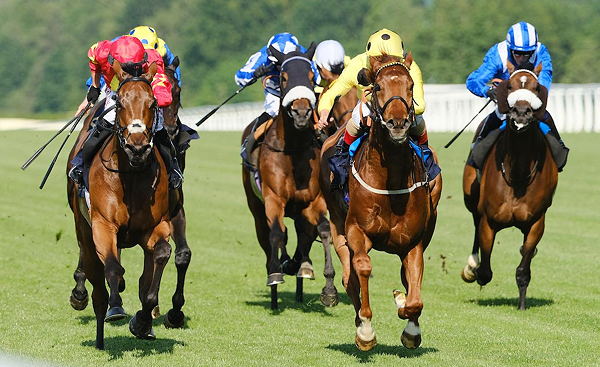RacingBetter News |
|
| Thursday 29th July 2021 | |
The History of Horse Racing
Horse racing is a centuries-old game. Its roots may be traced back to around 4000 BC among the roaming tribespeople of Central Asia who tamed the horse for the first time. Ever since, horse racing has grown as a king's pastime. Horse racing is one of the very few kinds of gambling that is allowed in much of the globe today, along with the United Kingdom.

Horse racing is a great event in many countries as well, including Canada, Ireland, the Middle East, South America, and Australia. People have been betting on horse racing for centuries and are looking for horse racing betting offers in recent times.
Ancient History
Horse racing as we know it now dates back to the 12th century. English knights were returning home from the Crusades at this period, bringing Arab horses along. When Arab stallions were mated with English mares, the Thoroughbred horse breed was born. The result was a breed with both stamina and speed. Soon after, the aristocracy started privately gambling on the thoroughbred horse races.
Match horse racing events began at Newmarket in 1660, under the reign of King Charles II. During Queen Anne's reign from 1702 to 1714), horse racing evolved to include multiple horses, with spectators placing bets. As a result, the Sport of Kings was established as a professional sport.
A number of racetracks were built, and in 1750, the Jockey Club was formed to oversee the racing. The Jockey Club established the General Stud Book to record the genealogy of all racing Thoroughbreds, in addition to setting rules, certifying racecourses, and designating races.
The first racetrack in the United States was built in 1665, and the American Stud Book was founded in 1868. Gambling was prohibited in the early 1900s, but pari-mutuel betting rescued horse racing in 1908. From then on, horse racing in the United States has grown significantly.
Breeding Horses for Racing
Whereas science has yet to develop a reliable breeding strategy to produce champions, breeders have been more effective in breeding Thoroughbreds who compete well on the racecourse by adhering to two key criteria over the years.
The first is that thoroughbreds with greater racing skills have a higher chance of producing successful progeny. The second point to mention is that horses with particular pedigrees are easier to transmit their racing genes to their progeny.
Male thoroughbred, or stallions, has the most breeding value since they can breed with around 40 mares every year. Champions are so valuable that parties of investors known as breeding syndicates can be created. Each of the syndicate's nearly 40 shares enables its owners to breed one mare to the stallion each year. Vast amounts of money are spent on a single share of a champion horse. The owner of a share has the right to resell that share at any time.
Commercial breeders are farms that breed foals for auction sale. Home breeders are farms that raise foals for their own racing.
Bottom Line
Horse racing is fraught with risks for both the horse and the jockey. A horse can slip and fall or crumble when leaping an obstacle, putting both the jockey and the animal at risk of being crushed and harmed. That doesn’t make the sport any less popular.




